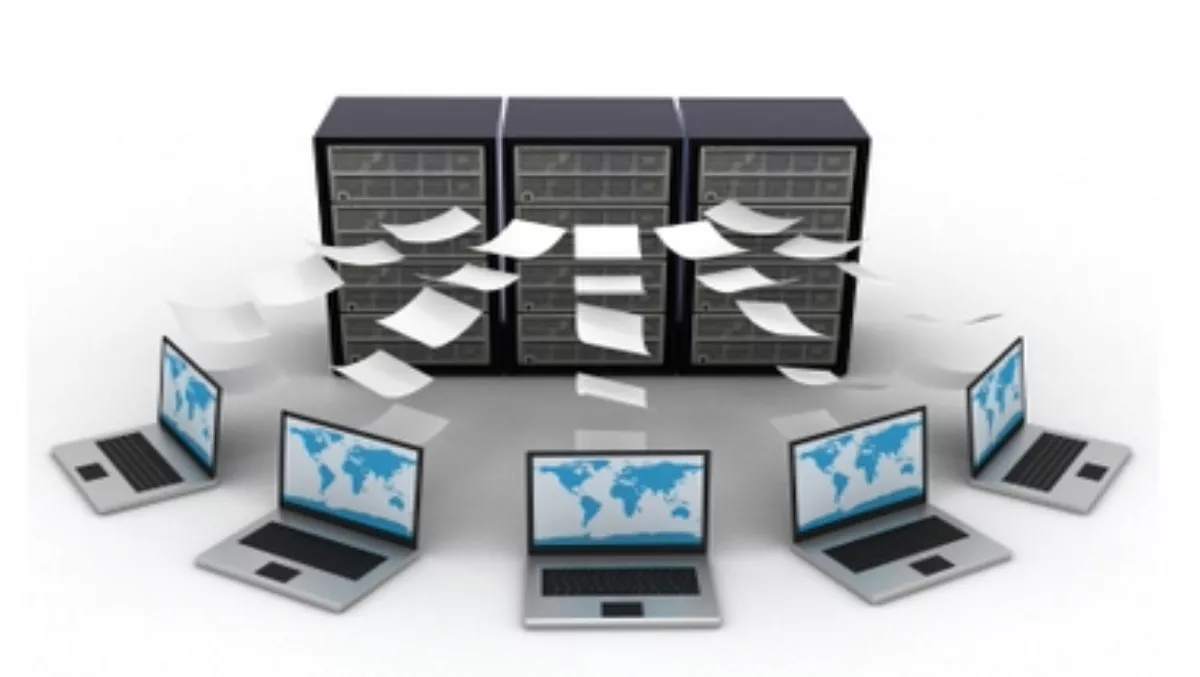
Enabling Desktop Virtualisation
It seems like everything is virtualised these days: Microsoft has virtualised servers, Symantec has virtualised storage, even friendship is virtualised with the advent of Facebook. You've heard fans praising the gamut of virtualisation benefits, such as consolidation, convenience, cost, flexibility and disaster recovery. Chances are you've adopted some of these innovations and gone virtual yourself.But new forms of virtualisation continue to emerge from vendors such as VMware, Citrix, and Microsoft, including the rise of the virtualised desktop. With any innovation, there are various approaches that have their own inherent advantages and disadvantages. A distinct understanding of these approaches is crucial to determining whether we can achieve success with desktop virtualisation, or not.First we should define what it is we seek from virtualisation.
Drawing from the promised benefits above, we can roughly group these ideals into three areas:
Flexibility
Flexibility allows for the freedom to move easily from one physical device to another by extracting software and the operating system from the computers themselves. The software and the user profile that defines a unique personality can travel anywhere with the person, and becomes much easier to recover should a particular device fail. Applying this freedom to IT desktop operations can provide easier maintenance, high availability, and convenient and fast disaster recovery.
Cost
Another important aspect to consider with virtualisation is cost, or more specifically the cost/benefit ratio. Cost savings might be realised through using desktop virtualisation as a tool for standardisation, through the retirement of many disparate heavy clients for more efficient centralised larger servers and thin clients, or through lower total cost of ownership of various IT services such as desktop support.
So there's opportunity for a measurable return in desktop virtualisation, but we must also consider start-up costs when evaluating the potential savings. Redesigning an entire deployment is an enormous exercise, one that at the very least requires learning new skills, planning, implementation and training employees. Businesses would be wise to perform a comprehensive investigation of the payback period and return on investment of virtualisation. Vendor lock-in might also be worth considering before you allow the new platform provider to dictate how systems are managed in the future.
Control
Control is the third concern, and is needed to keep things running smoothly. Imagine the power to create an unlimited number of identical desktop images as shadows of a universal standard. These replicas can be simply distributed and loaded quickly when required. They maintain security by locking down the core operating system and applications with well tested configurations. They keep users safe from accidently damaging their systems, and from intruders who might otherwise find a way through known security gaps.On paper, desktop virtualisation sounds pretty good from an IT operations perspective. But so far we have overlooked how the virtual desktop affects the most important part of your business: your staff.Some issues may arise when deploying virtual desktops, which could cause resentment among staff.
The response time for applications, file sharing, even desktop interfaces such as the keyboard and display may become incredibly slow and jumpy, especially when delivered over a wide area network (WAN), where issues with latency and bandwidth come into play. When workers experience this lack of responsiveness, the IT switchboard is bound to light up with a deluge of angry calls, and therein lays the danger: If the new virtual desktop causes even minor delays, months of effort installing a new virtualisation initiative can be destroyed with one emotional explosion from your staff.
If not properly addressed, bandwidth demands and latency issues can cause worker frustration to mount, as something as rudimentary as typing or saving files to the server can become a cumbersome process. How do you combat this? No, I'm not suggesting you upgrade all of your WAN connections. That may address the load issues, but would result in huge ongoing operating expenses and would not address latency. What I am suggesting is working with your current infrastructure. WAN optimisation is an easy-to-deploy technology that offers a solution to all the potential performance issues.The best WAN optimisation solutions come from independent companies focused on IT infrastructure performance, not the desktop virtualisation vendors or the router and switch manufacturers. These solutions should include the following methods:
- De-duplication: this technique harvests additional space on the WAN by "de-duplicating" network traffic, by removing redundancy in for example email. This can multiply bandwidth capacity up to five times, and in some cases by as much as 20 times.
- Traffic Turning: this technique simplifies traffic by turning the protocols that run on the WAN. Often this is TCP, but also includes Remote Desktop Protocol for virtual desktops. This technique of streamlining allows traffic to ramp-up much faster and prioritise key applications, and utilise more of the rated throughput capacity.
- Application Intelligence: this is the ability to understand the applications and find inefficiencies in chatter, which significantly degrades performance across the WAN. Dealing with these inefficiencies with application-specific optimisation techniques can improve performance by 10 times or more when combined with other performance enhancers.
An added bonus of WAN optimisation is that all your IT services – such as disaster recovery and cloud storage – can benefit from the bandwidth optimisation and application acceleration, not just the virtual desktops. It's becoming time for you to consider whether to re-architect for desktop virtualisation. Compare the benefits and costs, make sure you understand the ins and outs of each method, and look at how WAN optimisation can be a key technology to enable the realisation of the virtual desktop.

